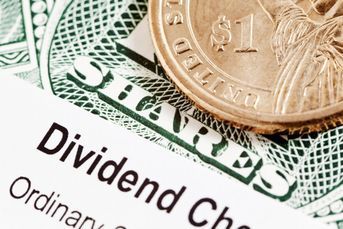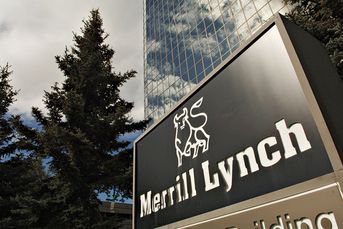Why the S&P 500 is a bet on high-valuation stocks

The passive index's run may be coming to an end as active strategies have outperformed the index so far this year.
Passive investing has plenty going for it. It’s cheap. It’s tax efficient. It has paid investors handsomely over long periods. And it’s, well, passive — all you have to do is sip lemonade and watch the grass grow.
The poster child for passively buying the market, of course, is the S&P 500 — the first index fund — and it has been particularly generous to investors in recent years. The S&P 500 Index has returned 11.6% annually over the last five years from June 2011 to May 2016 (including dividends), while the S&P 500 Value Index — an active strategy that excludes pricey growth companies from its basket of stocks — returned just 10.5% annually over the same period.
But the S&P 500’s run may be coming to an end. Active strategies have outshined the S&P 500 so far this year. And the S&P 500 Value has returned 5.3% this year through May, whereas the S&P 500 has returned just 3.6%.
Investors may not have been curious about what an investment in the S&P 500 actually entails while the S&P 500 was flying high, but they will likely start asking questions if the S&P 500 continues to lag other investing styles. What they will learn may surprise them.
First off, buying the S&P 500 is not exactly the same thing as buying the market. Because the S&P 500 is market capitalization-weighted, a relatively small number of stocks dominate the index. The top 100 stocks in the S&P 500 represent 64% of the index. The next 100 account for an additional 17%, and the remaining 300 account for just 19% of the index.
So what many investors consider to be an investment in the broad market is mostly an investment in just 100 of the roughly 3,700 firms listed in the U.S. stock market. (There are market cap indexes that provide broader market coverage, but they too are concentrated among the biggest stocks.)
That seems more like a bet than a passive investment in the broader market. But a bet on what?
It’s worth focusing on the fact that the top 100 stocks in the S&P 500 are by far the most expensive stocks in the index. The average price-to-earnings ratio of those 100 stocks is 34 (using one-year trailing earnings as of the most recent fiscal year). The average P/E ratio of the next 100 stocks is 27. And the average P/E ratios of the last three groups of 100 stocks are 25, 25 and 23, respectively.
In other words, the S&P 500 as currently structured is a bet on high-valuation stocks. From that perspective, the S&P 500 is no different than any other bet, really, whether on value or momentum or any other active strategy.
Now here’s the real surprise: That bet is constantly changing. Just a few years ago the S&P 500 was a bet on low valuation stocks. In 2011 the average P/E ratio of the top 100 stocks in the index was 20, while the average P/E ratio of the next four groups of 100 stocks was 20, 22, 27 and 24, respectively. Of course, we know how that bet turned out.
The S&P 500 is a timeless way to passively invest in the market, but it’s always a bet on more than just the market. When savvy investors look past the superficial active versus passive labels, they will encounter a more pressing question: How do I feel about a bet on high-valuation stocks?
Nir Kaissar is a Bloomberg Gadfly columnist covering the markets. He is the founder of Unison Advisors, an asset management firm. He has worked as a lawyer at Sullivan & Cromwell and a consultant at Ernst & Young.
Learn more about reprints and licensing for this article.








